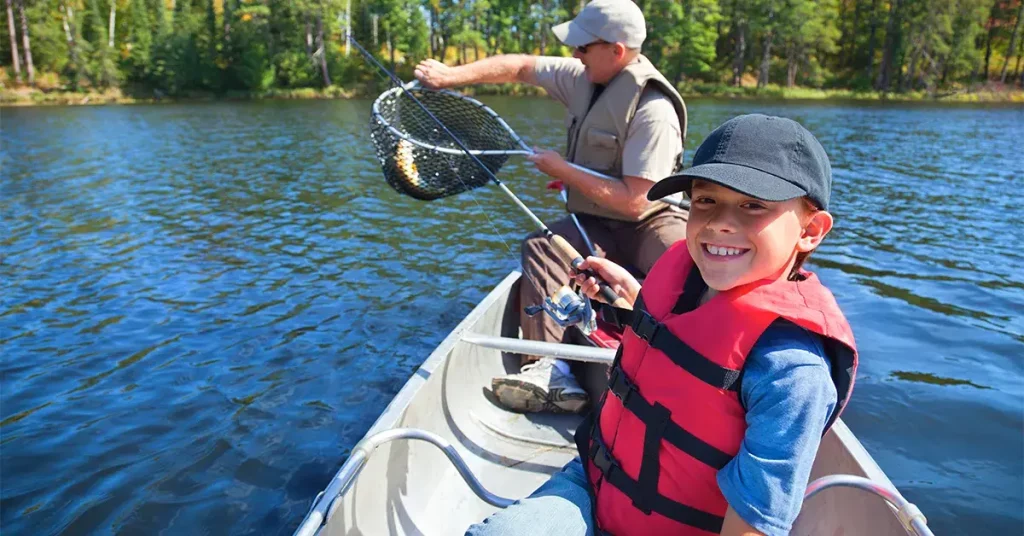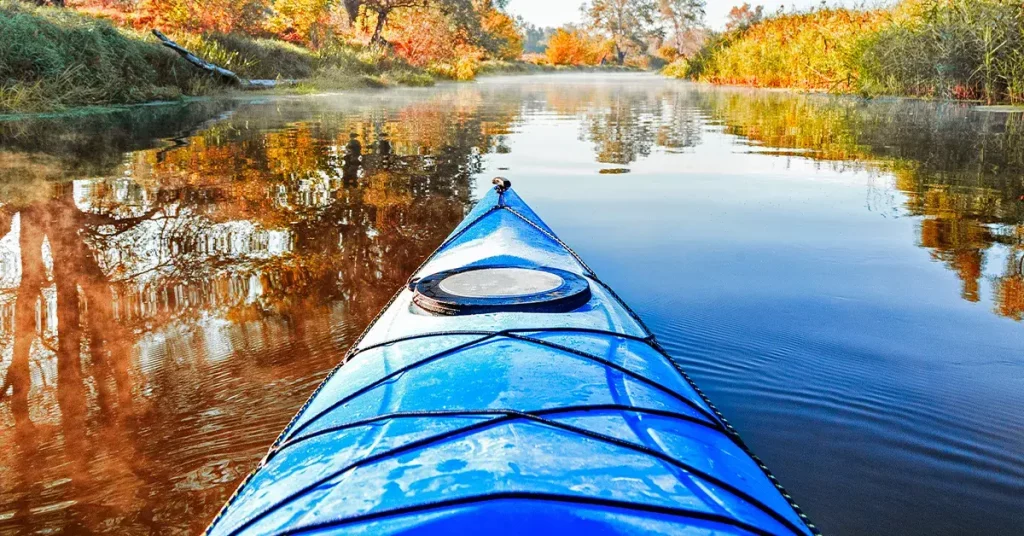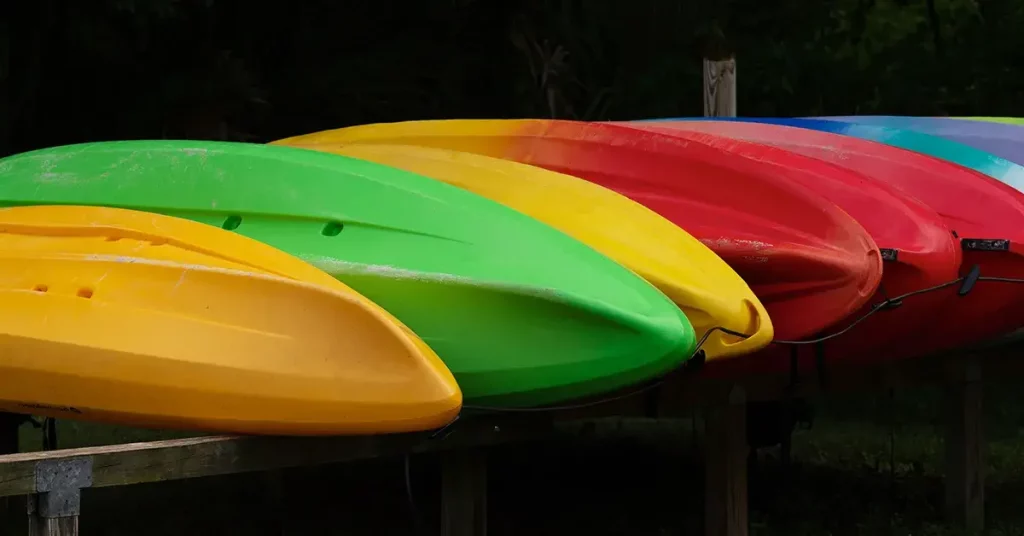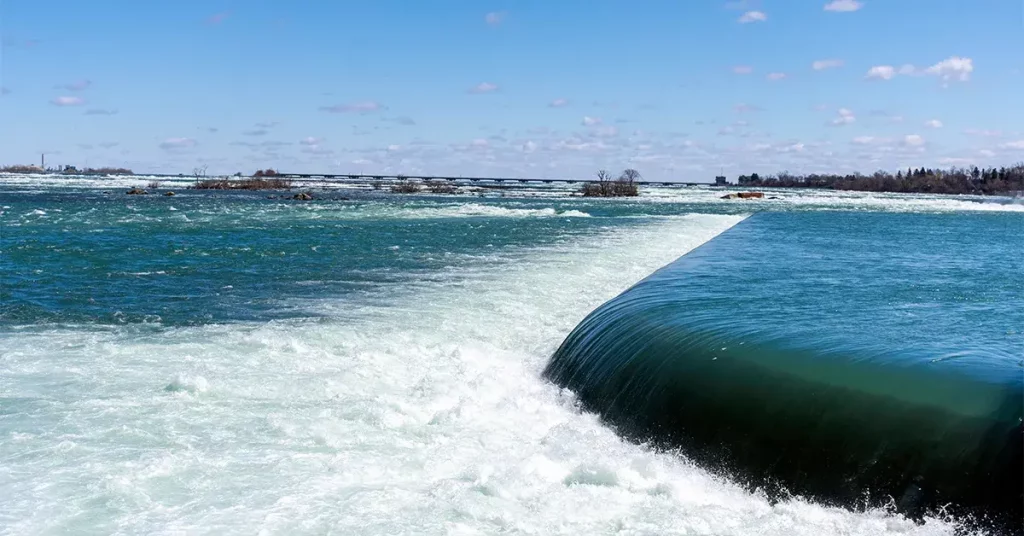When it comes to fishing from small watercraft, the old canoe vs kayak debate has been raging for decades. While fishing canoes have been around for hundreds of years, kayaks have become increasingly popular amongst anglers – with dedicated pedal-drive fishing kayaks now found in many lakes, rivers, and bays.
Both kayaks and canoes are fairly lightweight and maneuverable, especially when compared to conventional fishing boats. They’re able to get into tight spots that would be impossible for larger motor-powered watercraft. Both are also essentially silent on the water – allowing you to stealthily approach easily spooked fish.
The battle of the small watercraft comes down to several factors, including stability, weight, comfort, and personal preference. I’ll break down the various factors of canoe vs. kayak fishing – and hopefully, give you a better idea which one would work best for you.
What’s the Difference Between a Canoe and Kayak for Fishing?
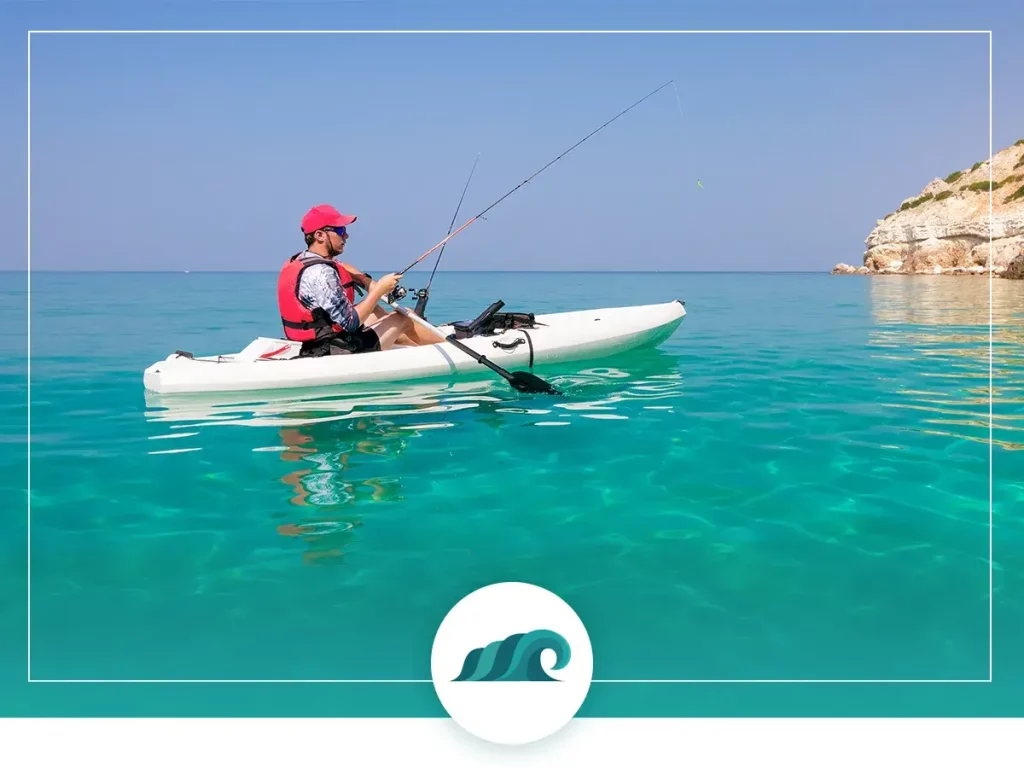
While they’re both small paddle-powered watercraft, there are many differences between kayaks and canoes for fishing.
Having fished a fair bit from both, I have to admit to being somewhat biased towards canoes for fishing. I grew up fishing from a canoe, and prefer the comfort and versatility you get with a large, open deck.
With that said, let’s take a look at some of the major differences of canoe vs kayak fishing.
Canoe vs Kayak Fishing – Quick Look
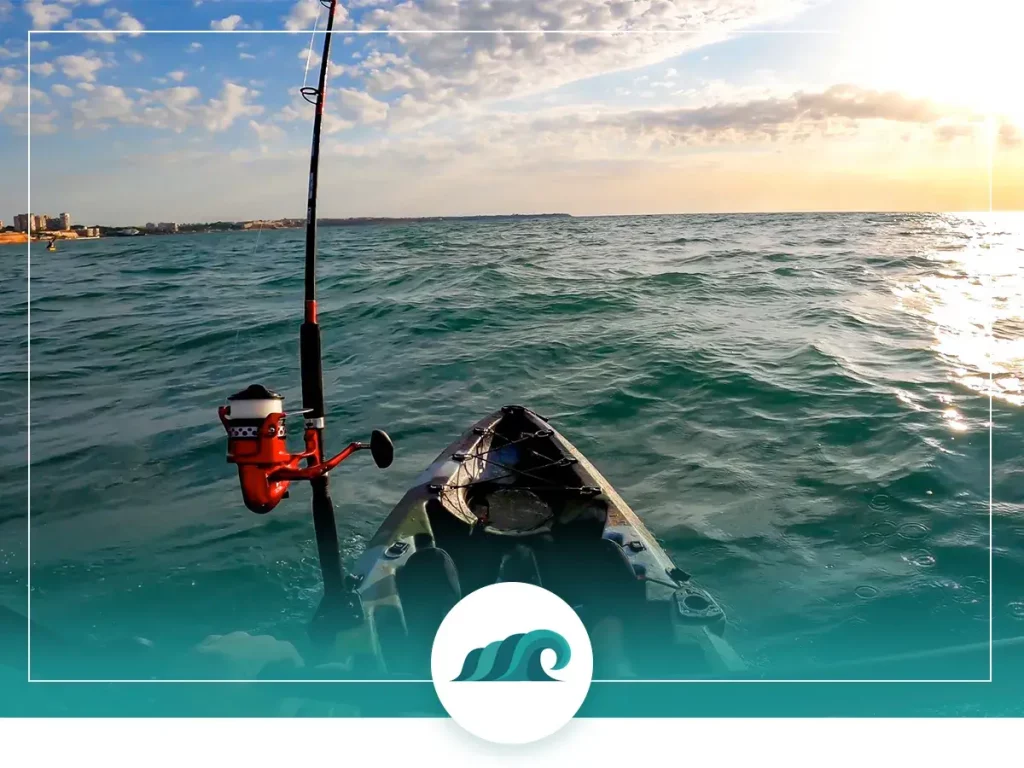
Stability
Possibly the most noticeable difference for most people is stability on the water. If you’re not used to being in a canoe, you’ll probably feel like it’s about to tip over at any moment.
Kayaks are significantly more stable than canoes, particularly the wide-hulled sit-on-top ones most often used as fishing platforms. This makes them preferable for choppy weather, going after large fish, and saltwater use. They’re great for when you need maximum stability – allowing you stand up to cast, or even catch crabs with smaller crab traps.
Canoes have V-shaped hulls that sit high in the water, making them swift and maneuverable, but less stable. Because your center of gravity is higher in a canoe, any movement will cause the craft to shift around more than a fishing kayak sitting low in the water.
Weight
Weight is an important consideration, especially if you need to load your craft onto a roof rack or transport it overland any significant distance. Kayaks are typically made from materials like polyethylene and fiberglass, making them significantly lighter than aluminum-bodied canoes.
Typical sit-on-top fishing kayaks weight around 50 – 60 pounds, making them somewhat unwieldy to move to and from the water. A kayak/canoe cart can make this task much easier.
Pedal-powered fishing kayaks are somewhat heavier, typically weighing 80 pounds or more. This makes them difficult to wrangle on and off of a roof rack single-handed. Luckily, there are quite a few roof rack loaders with hydraulic or ratchet assists. If you’re dealing with a 100 lb. plus kayak, a trailer can make transport much easier.
Newer canoes often utilize modern construction materials like polyethylene, royalex or kevlar, making them lighter or similar to kayaks in terms of weight. There are still plenty of aluminum and even wooden canoes kicking around though.
If you need to transport your boat overland, canoes are generally easier to move than kayaks. While it’s not everybody’s idea of fun, canoes were originally designed for portaging. This means carrying a canoe on your back between two bodies of water. Portaging a canoe is much easier than trying to trek a kayak through the same trail.
Carrying Capacity
Carrying capacity refers to internal storage space and the amount of gear that can be stored inside the boat.
Canoes have the advantage of large, open decks with space to stash plenty of gear – allowing you to quickly and safely drop oars, rods and other gear inside the boat. These large decks enable you to carry a ton of gear, but you won’t be able to easily access it unless it’s within arm’s reach. There’s still the issue of capsizing though, so keeping sensitive stuff inside a dry bag makes good sense.
The open design of fishing kayaks means you’ll need to be careful when handling sensitive gear – which makes lashing gear to the deck or yourself a must. Most fishing kayaks also have one or more built-in hatches capable of storing a small amount of important gear. They also have built-in wells with bungees for lashing down bulkier items.
Many kayak anglers like to mount a kayak crate inside the well – which offers extra storage space as well as a platform to mount extra rod holders, flags, deck lights and more.
Comfort
While it might not be the first thing you think of – when your spending hours inside a small watercraft – comfort becomes a major consideration.
Due to the open design of canoes, you can easily shift from sitting to kneeling to standing or even stretch out your legs by extending them in front of you. Kneeling directly on the canoe’s deck provides you with greater stability, not only by lowering your center of gravity but also by providing direct control over the canoe through weight transfer.
This makes kneeling particularly useful when your canoeing in choppy conditions or with kids, dogs, or first-timers. Kneeling directly on the canoe’s deck can quickly cause your knees to get sore, so kneepads or a foam canoe seat can help you paddle pain-free for many hours.
Kayaks are more restrictive, with a fixed forward-facing seating position. Depending on the kayak’s design, your legs are either slightly bent or completely flat in front of your body. This is not the most comfortable position to maintain for prolonged periods. Your back and legs can get sore and cramped, while your legs fall asleep, which can be annoying to deal with on the water.
The design of most kayaks also prevents you from easily twisting and rotating your body around. You’re pretty much restricted to facing forwards, which can take some getting used to if you’re used to fishing from a regular boat or shore. One advantage of fishing kayaks is the ability to stand up and cast – this is more difficult (but not impossible) in a canoe, due to their higher center of gravity.
Propulsion
Canoes and kayaks differ significantly in paddling techniques and propulsion. Both have their respective strengths and weaknesses, so they’re no clear winner in this category.
Kayaks utilize double-bladed paddles which are often offset at an angle from each other or ‘feathered’. Feathered paddles reduce wind resistance and are easier on the wrists than straight paddles. Some kayakers believe feathered paddles give them an edge in paddling speed, but it’s up to personal preference. Kayak paddles can be stored either across the deck or fastened to the side of it. They should be tethered to your craft – you don’t want to lose your paddle in the middle of a lake!
Pedal drive kayaks are a newer innovation, coming into popularity in the last few decades. They allow you to propel yourself with bicycle-like pedals, leaving both hands completely free for fishing tasks.
These kayaks utilize rotational pedals or push pedal systems which are extremely efficient at maintaining forward momentum. This means you’ll expend less energy than you would with a traditional paddle-powered kayak. They also allow you to utilize your powerful leg muscles rather than tire out your upper body. The downsides of these boats are they’re significantly more expensive, they weigh a fair bit more, and they have less storage space inside the footwell.
Canoes utilize old-fashioned single-blade paddles for propulsion. These paddles are relatively short – allowing you to quickly drop them to the deck in case you need to grab a rod, net, or fish hook remover.
Canoe paddling is ideally suited to tandem paddling. When you’re paddling with a partner, each of you can paddle on one side, and before long you’ll develop a good rhythm so that you’re traveling straight ahead without veering off to either side. Paddling solo is also possible, but you’ll need to alternate your strokes or work on your J-stroke.
Another factor to consider is the use of a trolling motor. Canoes are fairly easy to modify by mounting a trolling motor to the stern of the craft. This turns any old canoe into a fishing beast! There are also larger kayaks capable of housing a trolling motor, but the process is more complex, as kayaks have less space for the marine battery and motor mount.
Passengers
Canoes win this one hands down. Many canoes can easily hold 3 people comfortably, larger ones even more. They’ve also got plenty of room for kids, dogs, plus plenty of fishing gear. If you’re planning on fishing with a buddy, then I’d say canoes are the way to go.
Most kayaks will only hold one person, with limited room for cargo. There are also two-person kayaks available, but they’re fairly expensive and not ideal for solo use. Two-person inflatable kayaks are another option, affording you plenty of storage space in a compact package.
Capsizing
Should you manage to capsize your watercraft (we’ve all been there), kayaks will be significantly easier to flip back over and recover than canoes. This makes canoes more suited to the calmer weather found in tranquil lakes, slow-moving rivers, and calm bays.
Recovering from a capsized canoe can be a major pain, especially if you’re by yourself. If you’re close to shore you can swim the capsized craft to shore and bail it out there – if not, make sure to familiarize yourself with both solo and tandem capsize recovery techniques.
Recovering a capsized sit-on-top fishing kayak is pretty straightforward. All you need to do is use your bodyweight to tip the hull over until it’s righted. Then pull yourself onto the hull and roll around until you’re back in the seat.
Storage
Depending on the size of your watercraft and available space, storage can be an important consideration. While modern canoes are typically lighter than similarly sized kayaks, they’re bulkier and will take up more real estate in your basement/garage.
Both kayaks and canoes should be stored away from direct sunlight, especially those made from polyethylene. If you store your kayak/canoe outdoors during the season, make sure to keep it in a shady spot or cover it with a sturdy tarp.
During the offseason, it’s best to keep both canoes and kayaks indoors. While cold temperatures won’t destroy your craft, they can cause plastics to warp and become more brittle.
Make sure to carefully measure any storage space when considering a canoe or kayak. Many people suspend their boats upside-down from the roof of their garage, which gets them out of the way while not taking up precious storage space below.
Price
Pricing varies widely depending on materials, size, and intended use.
Basic polyethylene fishing kayaks will generally be the cheapest option for getting on the water. These can be purchased starting at $300, which will get you a fairly capable fishing platform. At this price range, you’ll be getting a barebones setup – so you’ll still need to customize it with various equipment.
Keep in mind these kayaks are optimized for fishing. If you’re looking to cruise around quickly, then you’ll need another yak.
Basic canoes start around $600, which will get you a versatile craft capable of fishing, cruising and longer treks. You’ll also be able to hold 2 – 3 people plus fishing gear.
Higher-end fishing kayaks sell for $800 and up. These kayaks come tricked out with all the bells and whistles like rod holders, integrated gear tracks, built-in elevated seats, multiple watertight storage hatches, camouflaged hulls, and foot-controlled rudder systems.
Pedal-drive kayaks are the more expensive, typically selling for $1800 and up. While the price is significant – if you’re serious about kayak fishing – you’d be hard-pressed to beat one of these bad boys.
Fishing Techniques
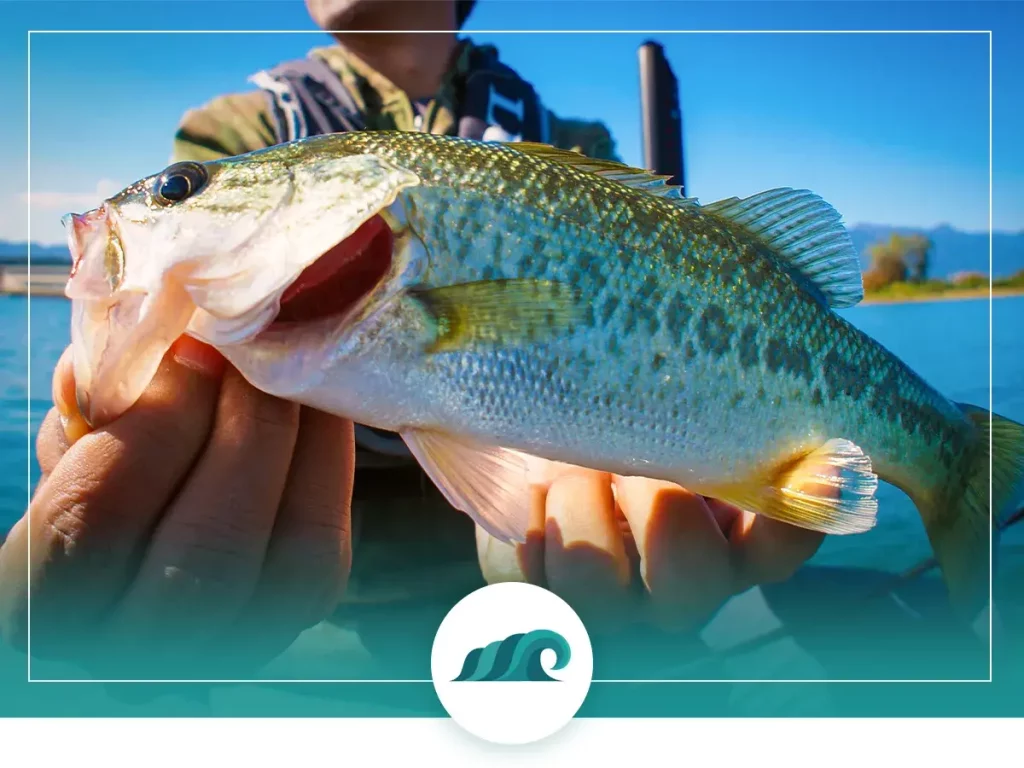
If you’re used to fishing from a conventional fishing boat, then fishing from a smaller watercraft will take some getting used to. Because of your proximity to the water, and limited range of motion, you’ll need to make shorter casts. You’ll want to use a shorter rod in the six-foot range, as longer rods can be unwieldy and difficult to cast with.
Due to their stealthy nature, canoes and kayaks give you the advantage of stealthily approaching fish without spooking them off. This means the need for long casts is reduced, and short, accurate casting will result in plenty of hooked fish.
Depending on the type of canoe or kayak your fishing from, standing up to cast may be an option. Sit-on-top fishing kayaks are built for this, and canoes with wider beams also allow you to stand upright without tipping the boat.
Another thing to consider is the positioning and placement of your fishing gear and accessories. You don’t want to be constantly shifting around looking for tackle or other equipment. When setting up your rig make sure to be mindful of the limited space and how to optimize it for ergonomics.
Canoe vs Kayak Fishing Wrap Up
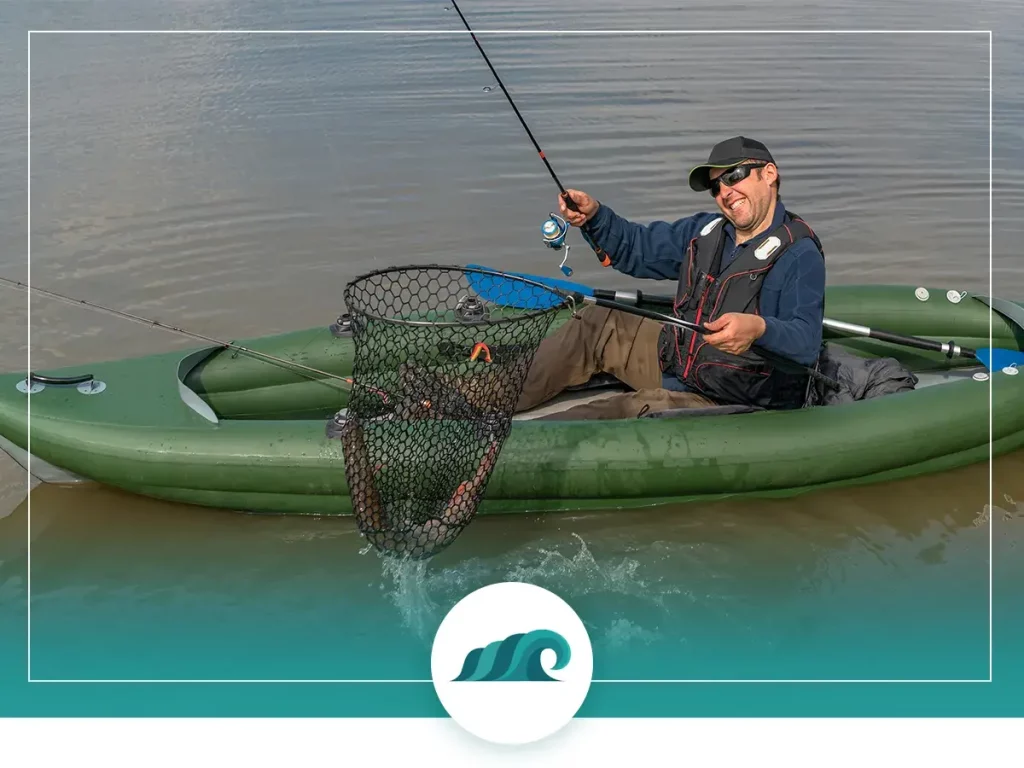
Both kayaks and canoes make great ways to get out and explore little known fishing spots. They’re low maintenance, fairly inexpensive when compared to conventional fishing boats, and allow anyone to easily get on the water and start catching fish.
Choosing a kayak vs a canoe for fishing comes down to personal preference, cost, fishing style, and intended use. If you want a versatile craft capable of holding multiple people, then canoes are the way to go.
Fishing kayaks also have their place, but keep in mind they’re essentially single-use crafts. If you’re more of a solo angler, then a fishing kayak would likely make more sense than a canoe.
Another important factor to keep in mind is the kind of water you intend to fish in. Canoes aren’t suited to choppy, windy conditions, and can capsize if you’re not careful. Sit-on-top fishing kayaks are your best bet if you plan to fish in rougher water or saltwater.

